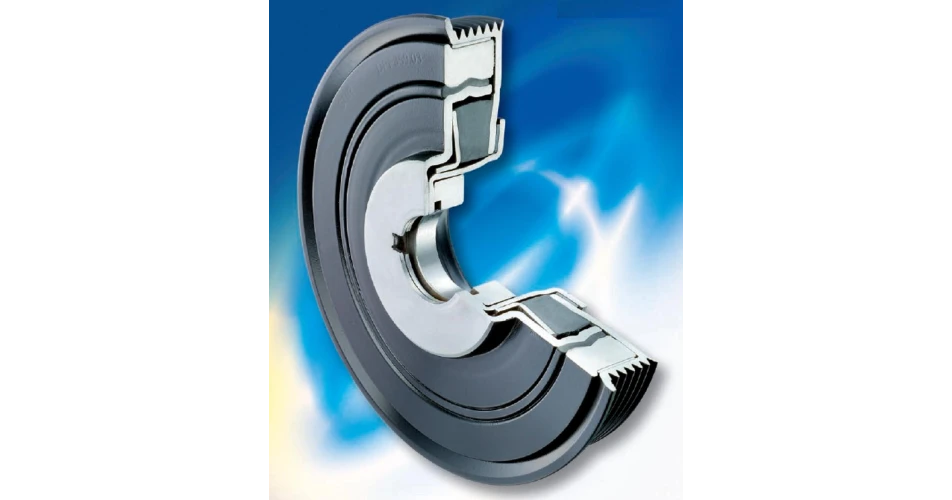NTN-SNR has issued some useful advice to technicians regarding the assembly and disassembly of damper pulleys.
The damper pulley is part of the belt drive system, which operates accessories such as, air-conditioning, power-assisted steering, and alternator. Its function is to cancel out the torsional vibrations in the engine crankshaft and as such it is subject to wear during normal operation.
Most vehicle manufacturers do not specify when to change a damper pulley. However, so that the problems associated with failure can be avoided, replacement is recommended when engine timing components are changed or where a defect is identified through symptoms such as noise and vibration. It also makes economic sense to change a damper pulley when changing engine timing parts as this will reduce vehicle down time and maintenance costs in the long run.
If a damper pulley does become defective it can lead to safety and comfort issues such as power steering malfunction, seizure of the air conditioning pump and alternator damage. It can also mean increased noise and vibration in the cabin.
Other elements in the pulleys working environment can cause damage and deterioration to the pulley such as oil or coolant leaks which can damage the rubber joints. Signs that the pulley may require replacement are, unusual vibrations inside the cabin, whistling from the timing belt and unusual noise or knocking connected to the engine.
NTN-SNR issues the following advice with regard to replacement. During disassembly, never use screwdrivers, extractors or other methods that put pressure on the metal ring of the pulley, or use heat to disassemble the pulley unit as this can lead to damage to the rubber components and distort the metal components of the pulley. Correct pulley removal should be performed using appropriate specialist tools.
With regards to assembly, technicians must avoid any impact to the drive edge face of the pulley, where contact with the belt or timing gear is made, care should be taken with the adjuster bolts and accessory belts, to prevent over tightening, belt wear and oil seal leakage. Maximum torque recommendations for the screws should be adhered to avoid the risk of cracking or deformation. Use of a torque wrench is required.
The engine should not be started without the accessories belt connected and technicians need to avoid all contact with oil, solvents, fuel, acid and anti freeze to minimise the risk of rubber deterioration. Clean and dry gloves should be used for handling to avoid the risk of oxidation.
NTN-SNR also recommends that any new parts that show signs of damage from possibly being dropped knocked together etc., should not be fitted to the vehicle.
A comprehensive range of NTN-SNR Damper Pulleys are available from stockists nationwide.
